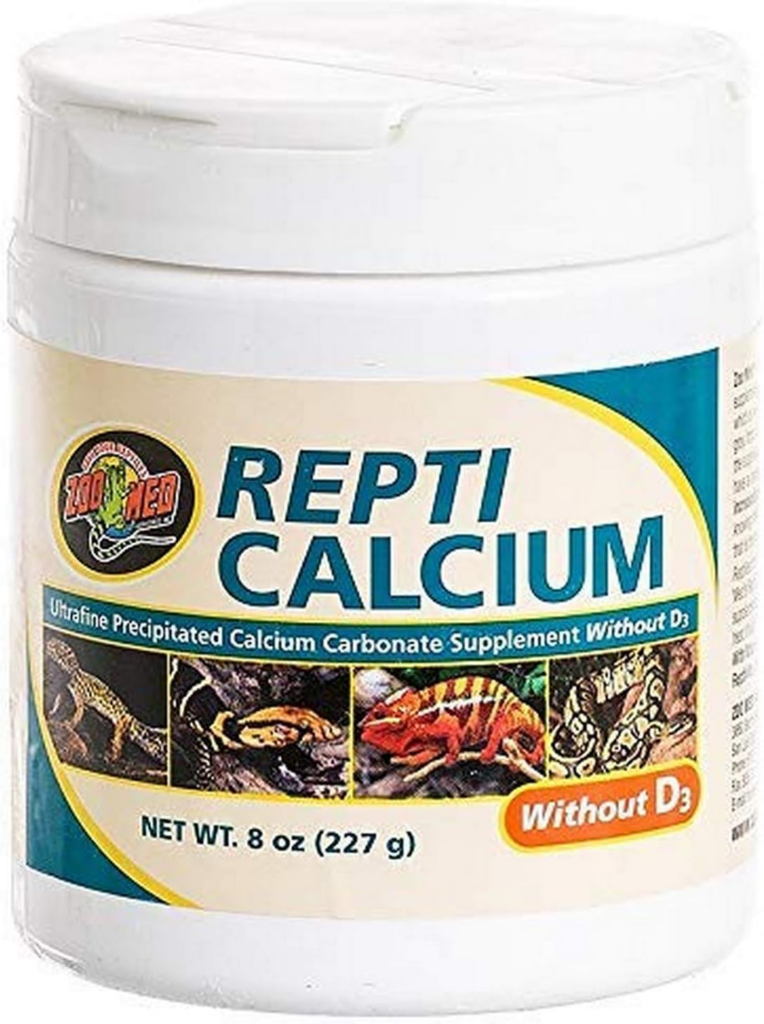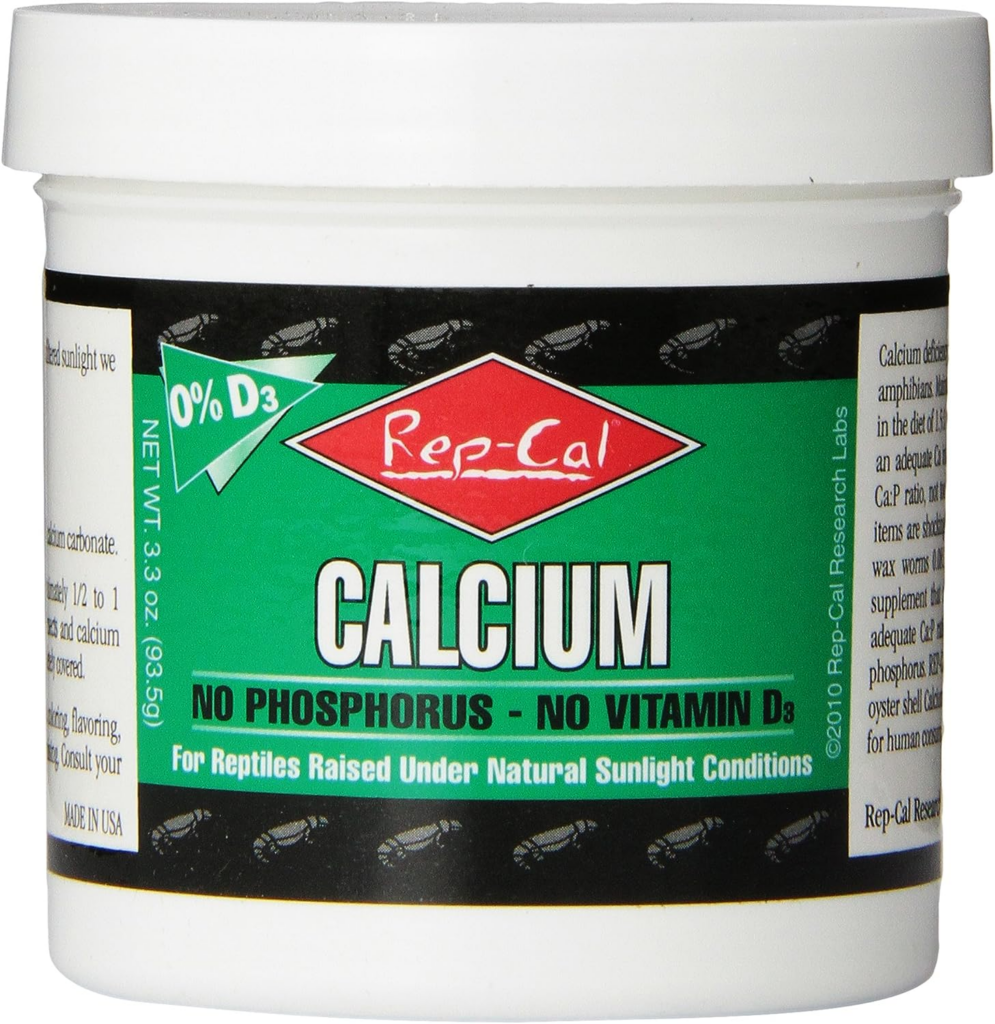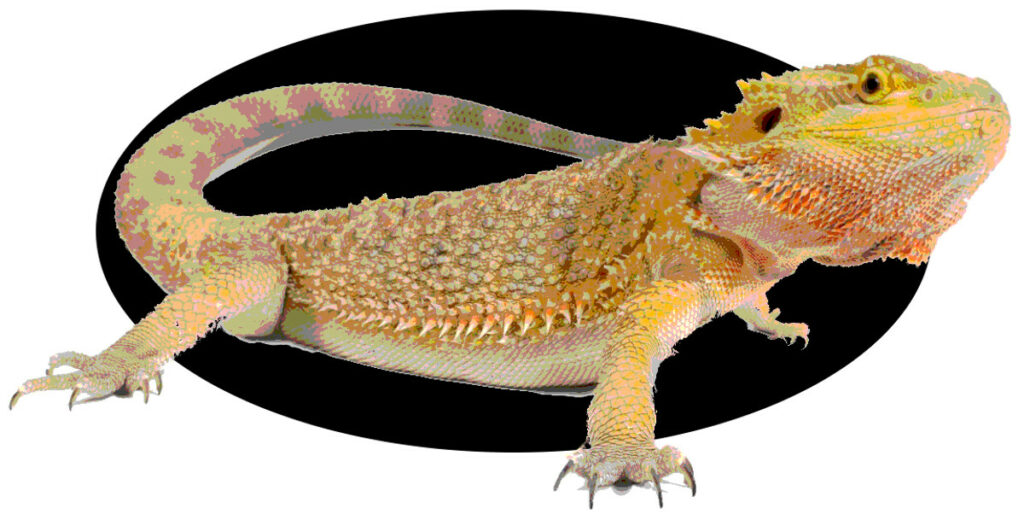Dragões barbudos são onívoros, which means they eat both animal protein and plant matter.
Na natureza, a bearded dragon’s diet consists of insects, small invertebrates, and naturally occurirng vegetation.
Como animais de estimação, it’s important to feed them a balanced diet that is as close to their natural diet as possible.
Feeder insects are an essential part of their diet, providing them with protein, cálcio, and other nutrients.
Some good options for insects include crickets, larvas de farinha, baratas dubia, e bichos-da-seda. It is also important to dust the insects with calcium powder to help ensure they are getting enough calcium.
Esta página contém links de afiliados. Como associados da Amazon, podemos ganhar uma comissão por compras de produtos qualificados. Isso não tem custos adicionais para você.
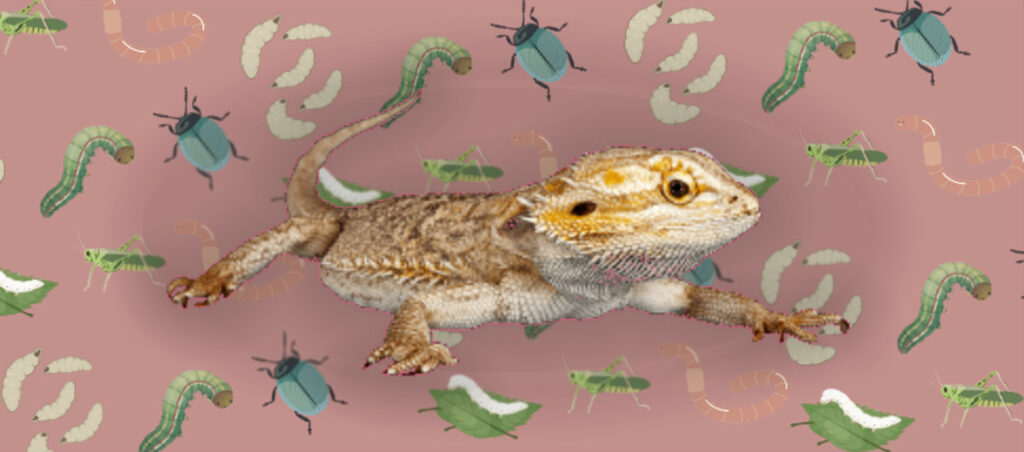
A porcentagem de insetos e vegetais na dieta de um dragão barbudo deve variar dependendo da idade.
| Idade | Insetos | Vegetais | Horário de alimentação |
|---|---|---|---|
| Filhotes (0-3 meses) | 85% | 15% | 4-5 vezes por dia |
| Juvenis (4-12 meses) | 70-80% | 20-30% | 2-3 vezes por dia |
| Adultos (1-7 anos) | 15-30% | 70-85% | 1-2 vezes por dia |
| Idosos (> 7 anos) | 15% | 85% | 1-2 vezes por dia |
Hatchlings and juveniles need a lot of feeder insects to help them grow and develop. Eles devem ser oferecidos tanto quanto comerão, 4-5 vezes por dia.
À medida que crescem, eles começarão a depender menos de insetos e mais de verduras e vegetais. Adults only need as little as 15% insetos em sua dieta, e comerão com menos frequência à medida que envelhecem.
Abaixo de, some of the most common feeder insects for bearded dragons.
Best Insects for Bearded Dragons
| Insect | Proteína (%) | Gordo (%) | Cálcio (mg/kg) | Fósforo (mg/kg) |
|---|---|---|---|---|
| Baratas Dubia | 21.4 | 3.1 | 700 | 2600 |
| Goliath Worms | 9 | 3.07 | 464 | 1394 |
| Waxworms | 14.1 | 24.9 | 243 | 1650 |
| Supervermes | 19.7 | 17.7 | 177 | 2370 |
| Vermes da farinha | 18.7 | 13.4 | 169 | 2950 |
| Grilos | 15.4 | 3.3 | 275 | 2520 |
| Black Soldier Fly Larvae | 17.5 | 14 | 9340 | 3560 |
| Butterworms | 15.5 | 29.4 | 125 | 2250 |
| Silkworms | 9.3 | 1.1 | 177 | 2370 |
Baratas Dubia
Dubia roaches are a popular choice for bearded dragon owners because they are high in protein and calcium, low in fat, e fácil de cuidar. They can be purchased online or at most pet stores.

Hornwarms / Goliath Worms
Hornwarms aka Goliath worms are another good option for bearded dragons. They are high in moisture and nutrients, and they are also a good source of beta-carotene, which can help to improve the color of your dragon’s skin.

Waxworms
Waxworms are a high-fat insect, so they should only be fed as a treat. No entanto, they are a good source of energy and can be helpful for dragons that are recovering from illness or surgery.

Supervermes
Superworms are similar to mealworms, but they are larger and have a softer exoskeleton. This makes them easier for bearded dragons to digest.

Vermes da farinha
Mealworms are a good source of protein and calcium, but they can be hard for young bearded dragons to digest. They should only be fed as part of a varied diet.

Grilos
Crickets are a common feeder insect, and they are a nutritious choice for bearded dragons which is very low in fat. They are however not the easiest to keep, as and they can be noisy and messy.

Black Soldier Fly Larvae
Black soldier fly larvae are an excellent feeder insect for bearded dragons. They have a high calcium content and are easy to gut-load. They can be a bit more expensive than other feeder insects, but they are worth the investment.

Butterworms
Butterworms are another good option for bearded dragons. They are high in protein and calcium, and they are also a good source of fat. They can be a bit messy, but they are a popular choice for dragons.

Silkworms
Silkworms are not as common as other feeder insects, but they can be a good option for bearded dragons. They are high in protein and calcium, and they are also a good source of fiber. No entanto, they can be difficult to find and can be expensive.

Gut-loading Insects
Gut-loading is the process of feeding insects a nutritious diet before feeding them to your bearded dragon.
This helps to ensure that the insects are getting “loaded” with nutrients, and that your dragon will have access with these nutrients when they eat the insects.
There are a few different ways to gut-load insects. One way is to feed them a diet of vegetables, frutas, and greens.
Another way is to feed them a commercial gut-loading supplement, particurarly one that is rich in calcium.
Calcium Supplementation
In addition to gut-loading insects, it is also important to supplement your bearded dragon’s diet with calcium.
This can be done by dusting the insects with calcium powder before feeding them to the dragon.
It is important to use a calcium powder that is specifically designed for reptiles. Do not use calcium supplements that are designed for humans or other animals.
LINKS RÁPIDOS DO DRAGÃO BARBUDO
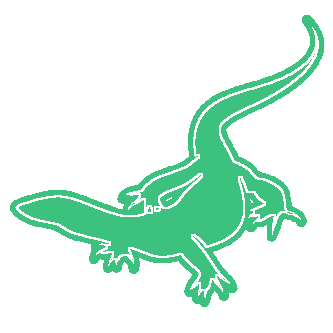
PetsWithScales.com é um site informativo sobre cuidados com animais de estimação de grandes lagartos. Coletamos e fornecemos informações de diferentes fontes na web sobre como manter e cuidar de répteis como animais de estimação. As espécies com as quais lidamos principalmente são os tegus, lagartos monitores, lagartos e lagartixas. Nosso objetivo é fornecer informações de alta qualidade para ajudar os donos de animais de estimação a, decisões mais informadas sobre as dietas de seus animais, saude e vida.

PetsWithScales.com é um site informativo sobre cuidados com animais de estimação de grandes lagartos. Coletamos e fornecemos informações de diferentes fontes na web sobre como manter e cuidar de répteis como animais de estimação. As espécies com as quais lidamos principalmente são os tegus, lagartos monitores, lagartos e lagartixas. Nosso objetivo é fornecer informações de alta qualidade para ajudar os donos de animais de estimação a, decisões mais informadas sobre as dietas de seus animais, saude e vida.
